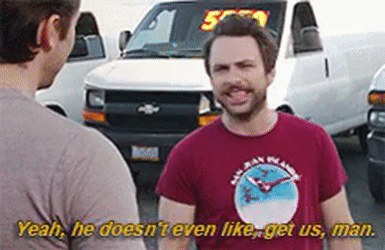I feel like this tune ties everything together nicely:
I think there’s a few reasons 80s hip-hop sounds like that. One is the technological limitations of the time. There were some great drum machines in the 80s, but also a lot of not so great ones. Digital sampling and was in its infancy, and DACs were usually 8-bit and very crunchy! Add to that the fact that a lot of the people making hip-hop then didn’t really have the same access to gear that, say, the Pet Shop Boys did and you can see that people were working within certain limitations.
As for the kick of it, and why it works as an aesthetic, Questlove has a nice little bit in his RBMA lecture that I’ll paste here with a link to the full transcript below:
“So then from ‘82 to ‘87, the golden age of hip-hop, ‘82 to ‘87, that, to me, was like the Cokie 900 stage, the 40-ounce stage of hip-hop, which was quasi-advanced. I mean, you had cats like Teddy Riley coming in to do “The Show” by Doug E. Fresh and Slick Rick. And you had Larry Smith’s work with Run-DMC. [sparse beat] Like, the idea of big drums, very sparse. The classic period of hip-hop, which I consider ‘87 to ‘92, which is the crack era, ‘cause Chuck [D] and Hank Shocklee actually wanted their music to reflect the drug of the time. When he said that, I was like, “Oh, OK.” So every period of hip-hop is the drug of that moment.”
Basically, the vibe of it is to pack as much energy into a tune as could be managed - which is why the drums are loud and why there’s stuff in there that feels kinda uncomfortable to listen to. It’s conveying the discomfort and energy and anger of the time/place through the production, as well as the vocals.
I think there might also be a part in Jace Clayton’s book Uproot where he talks about a similar thing re: Public Enemy, but I don’t have a copy on hand at the moment to check. Hope that gives a little bit of insight though!



